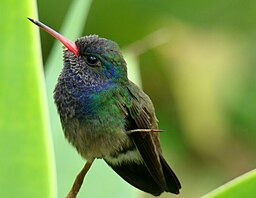
A brief history of the reason we give chocolate Easter eggs!

Image credit: Milleflore/Shutterstock.com
Ever wondered what is behind the act of giving chocolate eggs at Easter? Eggs have long been seen as a symbol of fertility, birth, purity, and regeneration by many different civilisations and cultures. For instance, in Egyptian mythology, the phoenix burns its nest to be reborn later from the remaining egg. A further example can be found in Hindu scriptures which narrates how the world came into being from an egg. The Christian festival of Easter celebrating the death and resurrection of Christ also has a long association with the humble egg.
Eastre and Egg Painting
Many historians believe that Easter has its origins in an early Anglo-Saxon pagan festival of Eastre. It was dedicated to the goddess Eastre celebrating the coming of spring and the end of winter. Early missionaries thought that celebrating Christian holy days at the same times as pagan festivals helped to encourage conversion. Thus, some of the pagan traditions and symbolism was also carried over. For Christians, the egg came to represent the resurrection of Christ and a sense of a new beginning that comes with Spring.
The tradition of dyeing and decorating ‘Easter eggs’ is an ancient custom. Its exact origin is unclear but it has been practiced by both the Eastern Orthodox and Western Christians since the Middle Ages. The early church prohibited the eating of eggs during Holy Week. Thus, any eggs that were laid and gathered that week were boiled for later consumption. They became known as Holy Week eggs and were suitably decorated to distinguish them from other eggs. They were coloured with vegetable dyes, charcoal, and other colourants, often being painted with pictures of flowers. Many Christian cultures continue to dye Easter eggs up until the present day. However, the once-popular UK custom is now certainly on the wane.
Emergence of the Chocolate Egg
Painted boiled eggs had been given as gifts for centuries. Obviously, the tradition of choctolate Easter eggs didn’t emerge until after cocoa was introduced to Europe. The first chocolate Easter eggs were produced in France and Germany in the early 19th century. However, these were mostly solid, since techniques for mass-producing moulded chocolate had not yet been devised. In 1873, the first mass-produced hollow chocolate Easter eggs were produced by Britain’s JS Fry & Sons. Two years later, another British company, John Cadbury, followed Fry’s lead, producing their own version of the chocolate Easter egg.
In 1905, the launch of Cadbury’s Dairy Milk Chocolate did much to popularise the Easter egg market. The new chocolate could be produced much cheaper than previously, making it available to the mass. This in turn greatly increased the sale of chocolate Easter eggs, establishing them as seasonal best sellers. Today, the chocolate Easter egg market is a worldwide multi-billion dollar phenomenon, with sales in America alone topping more than USD 18 billion in 2018.
Header image credit: Aleksandra Suzi/Shutterstock.com
If you’ve enjoyed reading this post, why not check out more of the articles in the series by clicking the following link: Why do we…….?





